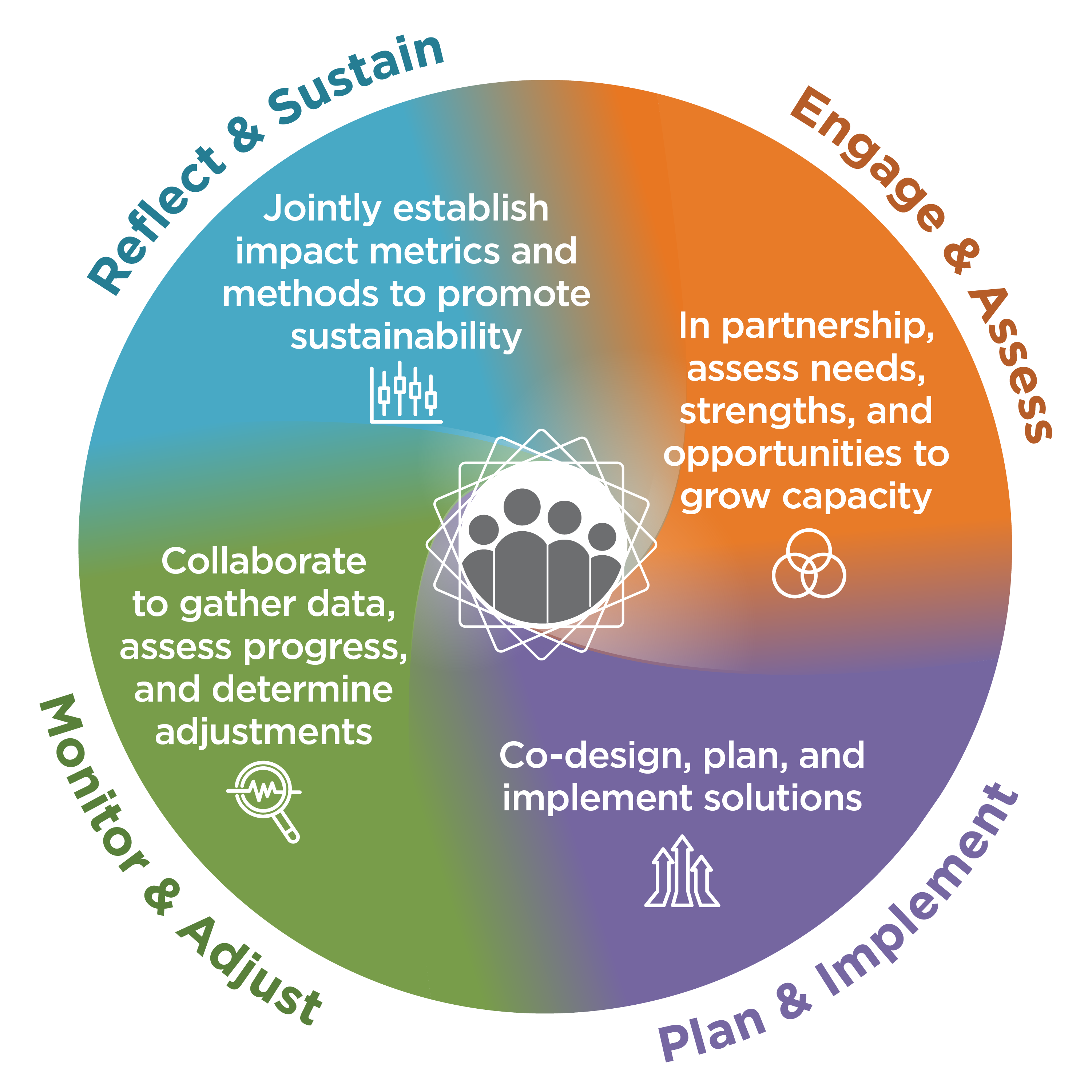Advancing Equity through Technical Assistance
Report
Abt’s mission is to improve the quality of life and economic well-being of people worldwide. To achieve the goal of equitable impact across our work, Abt advances principles and practices in our work that consider the intersectionality of a variety of equity issues. They include racism, misogyny, heterosexism, homophobia and transphobia, ableism, and other dimensions of systemic and institutional injustice. Learn about Abt’s Gender Equality and Social Inclusion work.
A large part of our work includes bringing data-driven, solutions-oriented technical assistance (TA) to our partnerships with governments, organizations, and communities. Together, we use proven collaborative methods and tools to cocreate capacity to achieve sustainable and equitable outcomes.

